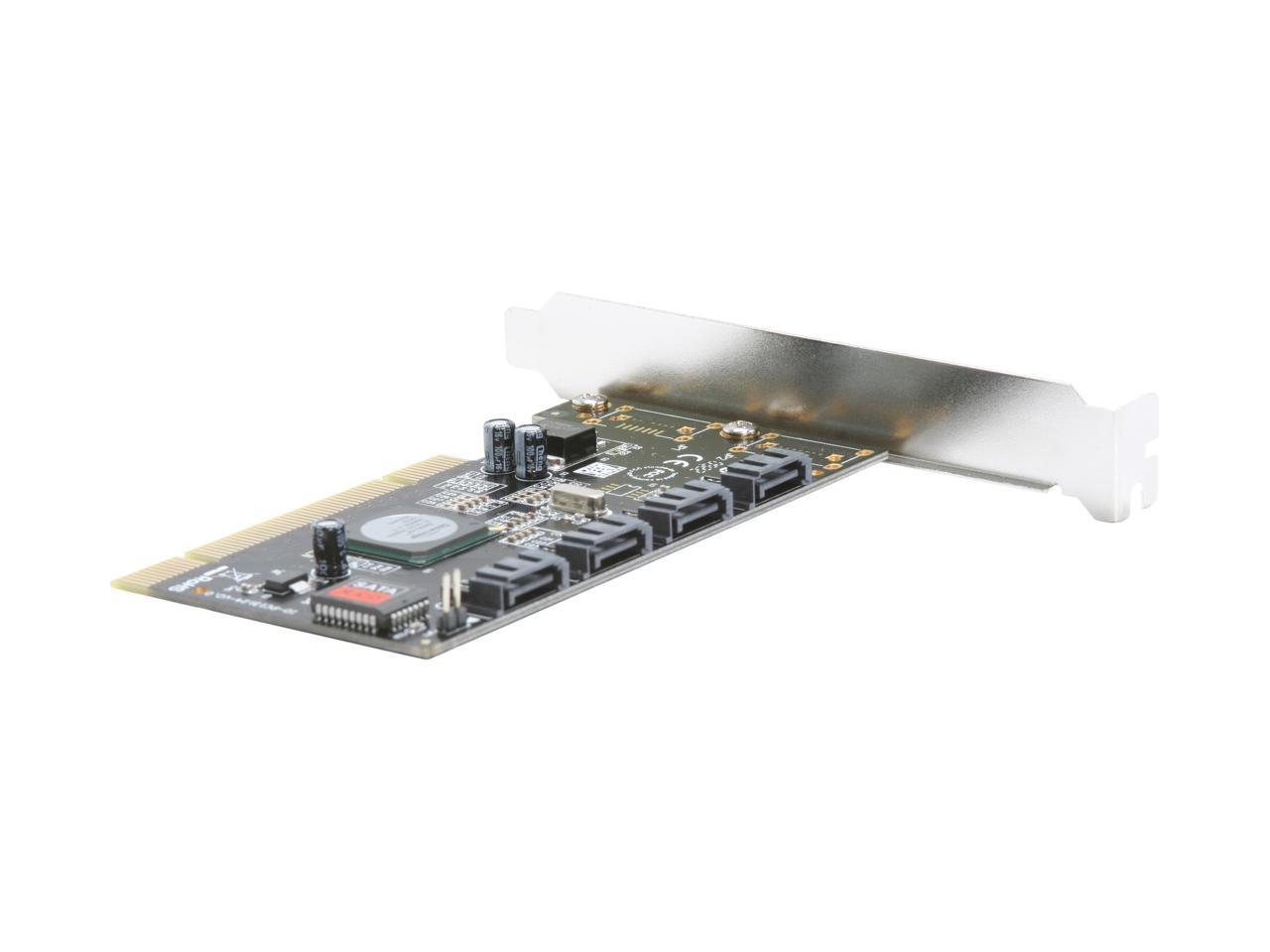
In this review, doesn't pretend to make claims concerning the reliability and availability of the adapters. It is the typical misery that only comes to surface in very well facilitated qualification procedures or real world use as described above. Incompatibility with motherboards, hard disks which suddenly drop out of the array, failed rebuilds due to certain rare conditions. Unforeseen problems only come to the surface when the adapters are handed over to he whims of real-world surroundings with high duty cycles, 24/7 usage and the enormous variety in hardware. In controlled environmentss these products did exactly what was expected of them - hotswapping was no problem, automatic rebuilding was functional, capacity expansion worked, and so on.

All adapters in this roundup have support for essential availability features such as hotplug, hotswap and hotspares. It's not that we don't value the importance of reliability and availability, but testing these factors in a sterile test environment is difficult, if not impossible. In the first place it is going to be a comparison of the features and performance of the discussed RAID-adapters. The testfield in ourīefore introducing the players in this roundup it is important to define the objectives of this article. Regarding RAID adapters, especially new products from unknown and less reknown manufacturers were put on the market. In the meantime Western Digital still offers the Raptor WD740GD, which holds its own against 10.000rpm SCSI-disks, despite the lack of a decent command-queuing mechanism, even in server applications. Maxtor began with the roll-out of its MaXline III series, Western-Digital introduced its Caviar RAID Edition, Seagate has added the Barracuda 7200.8 to its product line and Hitachi introduced new 2,5 inch SATA disks geared towards use in blades. The manufacturers of computer systems can choose from countless new Serial ATA components, where developments concentrate mostly around server solutions. Our report on the CeBIT 2004 tradeshow once again showed the momentum Serial ATA has gained. In lower market segments all barebone builders are offering products incorperating Serial ATA technology. Said usage mostly consists of near-line storage, often implemented in what is called "tiered storage" where ATA-hard disks are being used as temporary storage before the data is written to tape. The most recent study concluded that by now 40 percent of those polled are using ATA disks by now. This index is a ranking of the current and upcoming use of more than 20 different storage technologies, ranked on short-term expenses and based on polls filled in by 150 to 250 decisionmakers (selected on expertise) of big companies. In the recent Wave 4 investigation of TheInfoPro (TIP) Serial ATA was once more on the first place within the "Technology Heat Index". Serial ATA is an accepted standard in midrange and high-end desktops, workstations and certain server appliances by now. The introduction of new disks, controllers and (storage) systems is met with great interest of buyers in both desktop, workstation and server segments. Since our previous SATA RAID-roundup Serial ATA has continued its way into business and consumer markets. The once dominant SCSI interface is being pushed to fewer niches by the cheaper alternatives based on Serial ATA technology. The firmware revision of out model is 1.20.A year ago published a review of four Serial ATA RAID-adapters, which were the first flock of a new era on workstation- and server storage. After installation, the RevoDrive partition will appear as root drive.Īfter installing the drive, the Silicon Image Sil 3124 SoftRaid 5 controller appears in Windows's Device Manager: When Windows ask you where to install the OS, point windows to the RAID driver on the CD. You need to supply Windows with the appropriate drivers to recognize the controller.

On the other hand, if you like to have your OS installed on the drive, then in the BIOS set it to boot drive. Since the RAID controller is per-configured (Raid 0), there is no need to setup anything in RAID. After installation you go to disk management and setup/format the drive. In case you plan to use the RevoDrive as secondary drive, boot into Windows and install the essential driver, which can be downloaded from OCZ's web site.


 0 kommentar(er)
0 kommentar(er)
